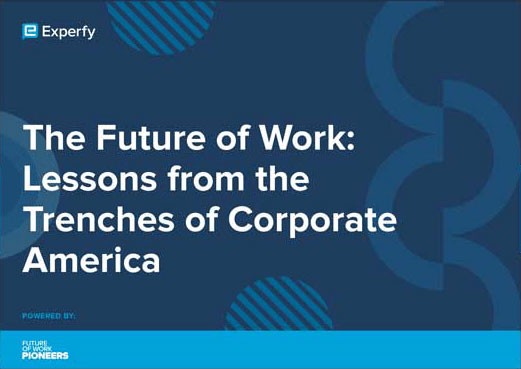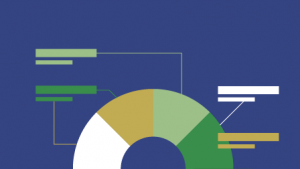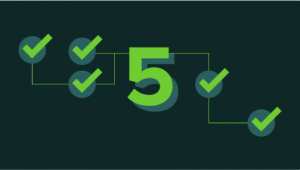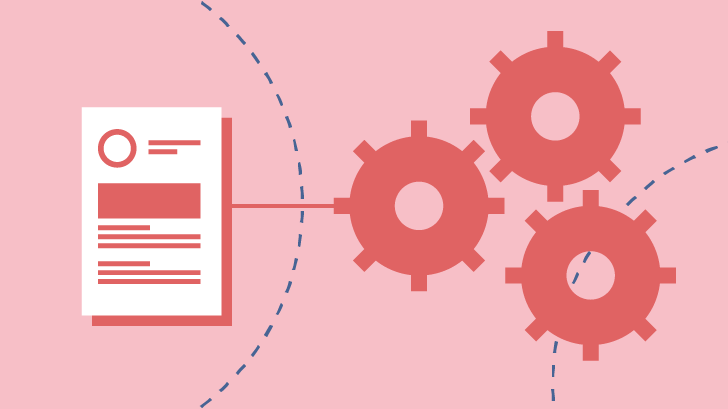Experfy Insights
Explore the latest blogs, podcasts, articles, and conversations with experts and thought leaders in emerging technologies and future of work.

Explore the latest articles on the Future of Work trends, best practices, and more by leading thought leaders and industry experts.
Checkout the latest articles on AI and Machine Learning showcasing best practices, recent developments, and more by leading industry experts.
Check out the latest articles on Big Data, Cloud, and DevOps covering tech trends, methodologies, best practices, and more by leading industry experts.
Read the latest articles on IoT and automation featuring IoT solutions, best practices, educational content, and more from leading industry experts.
Check out the latest articles on Software and UX/UI highlighting recent innovations, methodologies, and more by leading industry experts.
Read the latest articles on Consumer Tech covering modern technological trends, best practices, and more from leading industry experts.
Check out the latest articles on Health Tech showcasing recent developments, best practices, and more by leading industry experts.
Experfy Insights
Subscribe to our monthly newsletter and get our top blogs, articles, podcasts, webinars, and more delivered to your inbox.
Featured Insights
Webinar
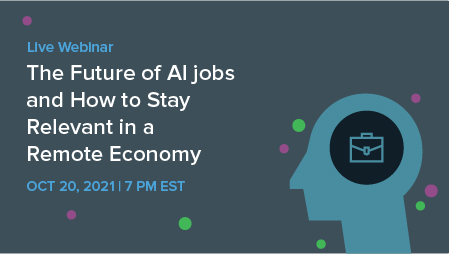
Live Webinar: The Future of AI Jobs and How to Stay Relevant in a Remote Economy
Introduction The field of data science and artificial intelligence (AI) had tremendous success before the COVID-19 pandemic turned the world upside down. As discussions about
Blog Series

No Data Engineers, No Problem: How a Small Data Science Team Can Standardize and Centralize Data with a Data Library
Introduction Access to and control of data is one of the biggest challenges faced by data analysts and data scientists. Creative, persistent analysts find ways
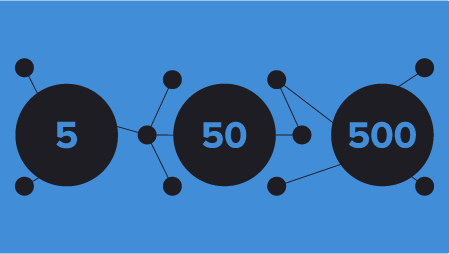
AI in Five, Fifty, and Five Hundred Years
Introduction Prediction is a tricky business. You have to step outside of your comfort zone, your fainted vision of the world and see it thorough
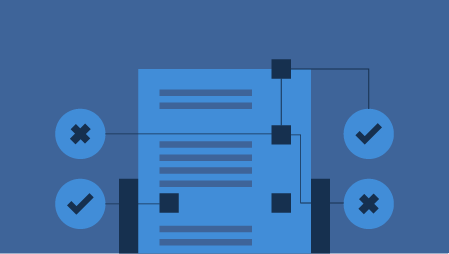
Ethics of Emerging Technologies
Introduction: Humans are wired to make tough decisions bringing all the context and principles to bear. Similarly, can devices apply the available information to make
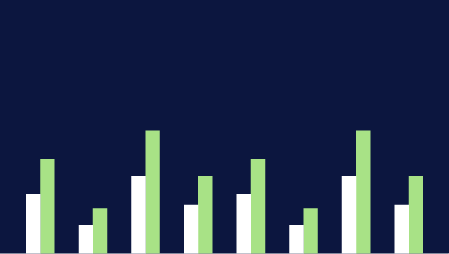
How to Become a Data Scientist
Introduction: Certain skill sets suit certain positions better than others, and this is why the path to data science is not uniform and can be

Learning AI If You Suck At Math
Introduction: “You really don’t need maths to get started with AI”. Follow the empirical path of trial and error, it’s a slow process but with

A Beginner’s Guide to SQL
Introduction: Storage of unstructured data has always posed many challenges in terms of maintaining consistency between structured and unstructured data, managing backup/restore procedure, performance issues,
Featured Blogs
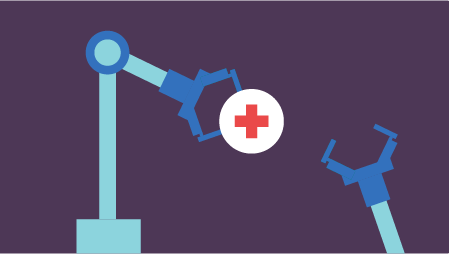
How is AI Automation Disrupting Primary Healthcare?
Artificial Intelligence in primary health care is a hot and trending topic these days, and the healthcare sector is being benefited from it in 2020, and beyond. Here is a a brief overview of what AI is in healthcare.
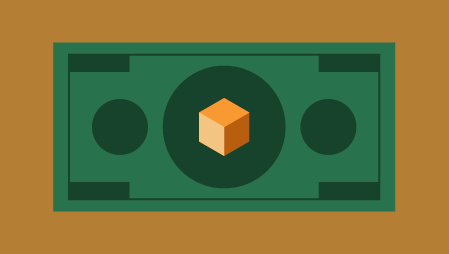
How do Fintech and Blockchain Technology Blend?
Fintech and blockchain technology merge quite well. The number of blockchain fintech startups is soaring, while distributed ledger technologies slowly taking ground in the financial services industry. It will be interesting to see if this technology and smart contracts can live up to their expectations and transform financial ecosystem for the better. Let’s see how smart contracts and blockchain can transform the global FinServ, explore the major blockchain platforms, and check out several fintech startups that use this technology.
Q&A with Experts
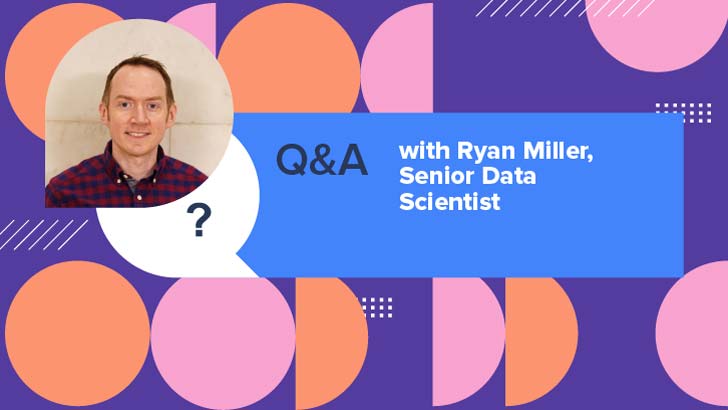
Q&A With Ryan Miller
1) Tell us about yourself? Like many in the data science profession, I began my career as a physicist. After earning my doctorate at the

Q&A With Jeff Shauer
1) Tell us about your background? I have 10 years of experience building analytics solutions, working in consulting, and leading the development of myriad architecture,










